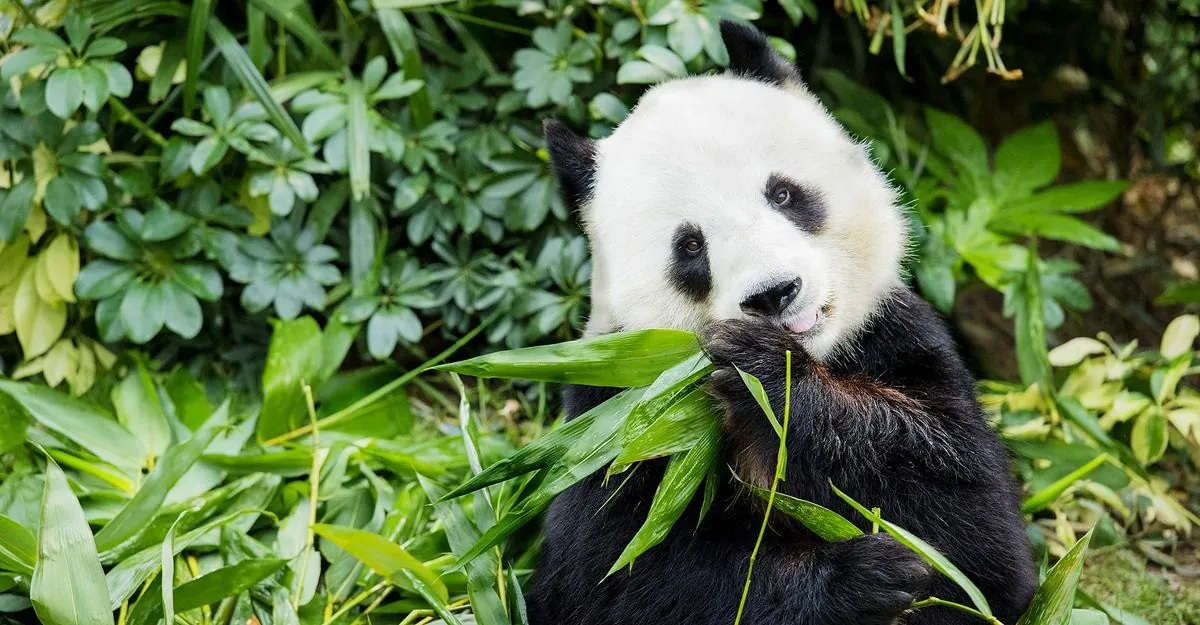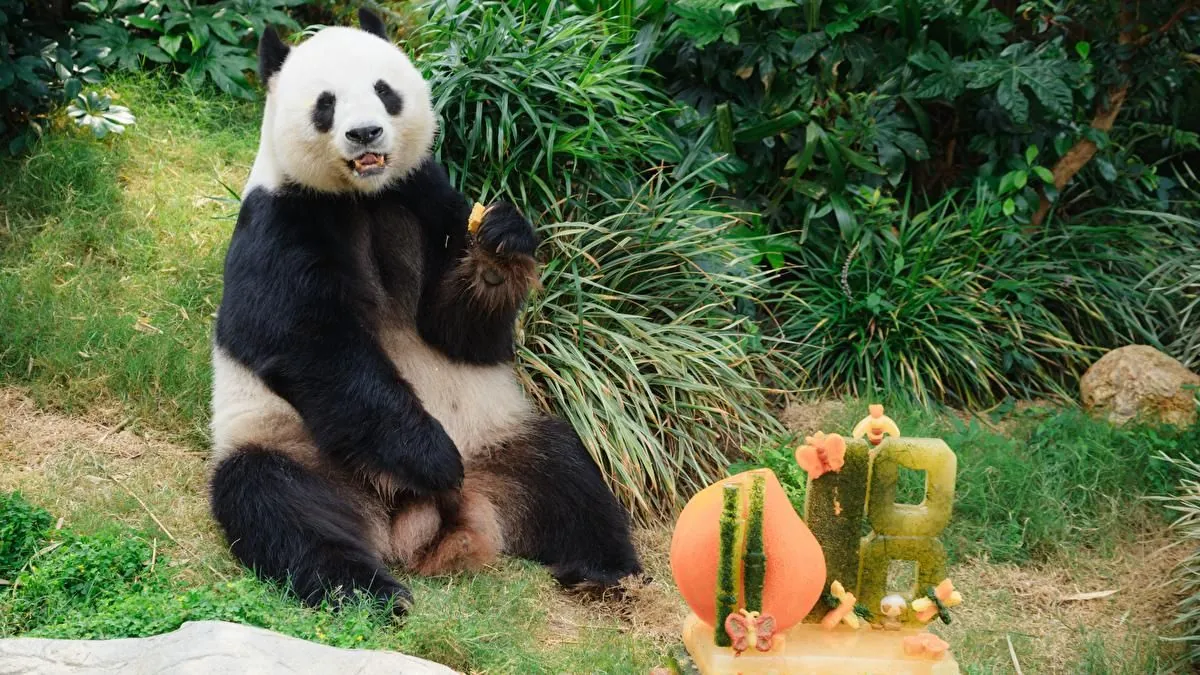Hong Kong Welcomes New Panda Pair, Boosting "Panda Economy" Hopes
Hong Kong receives two giant pandas from Beijing, expanding its panda population to six. The new arrivals are expected to boost tourism and contribute to the city's "panda economy".

Hong Kong has recently expanded its panda family, welcoming a new pair of giant pandas from Beijing. This addition brings the total number of pandas in the city to six, potentially invigorating the local tourism industry and contributing to what some officials are calling the "panda economy."
An An and Ke Ke, both five years old, are the latest arrivals to Hong Kong's Ocean Park. An An, the male, is described as agile and active, while Ke Ke, the female, is known for her climbing skills and gentle nature. These new residents join the existing panda population, which includes Ying Ying, who recently made headlines by becoming the world's oldest first-time panda mother, giving birth to twins in August 2024.
The arrival of An An and Ke Ke marks the third pair of giant pandas gifted to Hong Kong since its return to Chinese rule in 1997. This gesture is part of China's panda diplomacy, a practice that has been ongoing for decades. Giant pandas, native to south central China, are considered the country's unofficial national mascot and play a crucial role in international relations.

Giant pandas are fascinating creatures with unique characteristics. They have a distinctive black and white coat that provides excellent camouflage in their natural bamboo forest habitat. Their diet consists of over 99% bamboo, and they can consume 12-38 kg per day, spending 10-16 hours feeding. To efficiently process this tough plant material, pandas have developed strong jaw muscles and a "pseudo-thumb" for grasping bamboo stems.
The new pandas will undergo a two-month quarantine period to adapt to their new environment at Ocean Park. Chief Executive John Lee expressed hope that the public could meet the new bears by mid-December 2024. In October 2024, the government plans to invite residents to propose names that showcase the pandas' characteristics, fostering community engagement.
Tourism industry representatives are optimistic about the potential impact of housing six pandas, anticipating a boost in visitor numbers. Officials have encouraged businesses to capitalize on the popularity of the new bears and newborn cubs, seizing opportunities in the emerging "panda economy."
"We are thrilled to welcome An An and Ke Ke to our panda family. Their arrival not only contributes to conservation efforts but also provides a unique opportunity for visitors to learn about these remarkable creatures."
While the arrival of new pandas is exciting, it's important to note the challenges of caring for these animals in captivity. The average lifespan for a panda in the wild is 18 to 20 years, while in captivity it can extend to 30 years. This longevity, combined with their specialized dietary needs, makes panda care a significant commitment for zoos and wildlife centers.
Hong Kong's Ocean Park has been hosting pandas since 1999 when the first pair, An An and Jia Jia, arrived shortly after the city's handover to China. Jia Jia, who passed away in 2016 at the age of 38, holds the record as the world's oldest panda to have lived in captivity.
As of 2024, there are only about 1,864 pandas left in the wild, highlighting the importance of conservation efforts. These animals, which have been on the IUCN Red List since 1990, play a crucial role in bamboo forest ecosystems. By bringing pandas to Hong Kong, Ocean Park contributes to global awareness and research efforts aimed at protecting this iconic species.


































